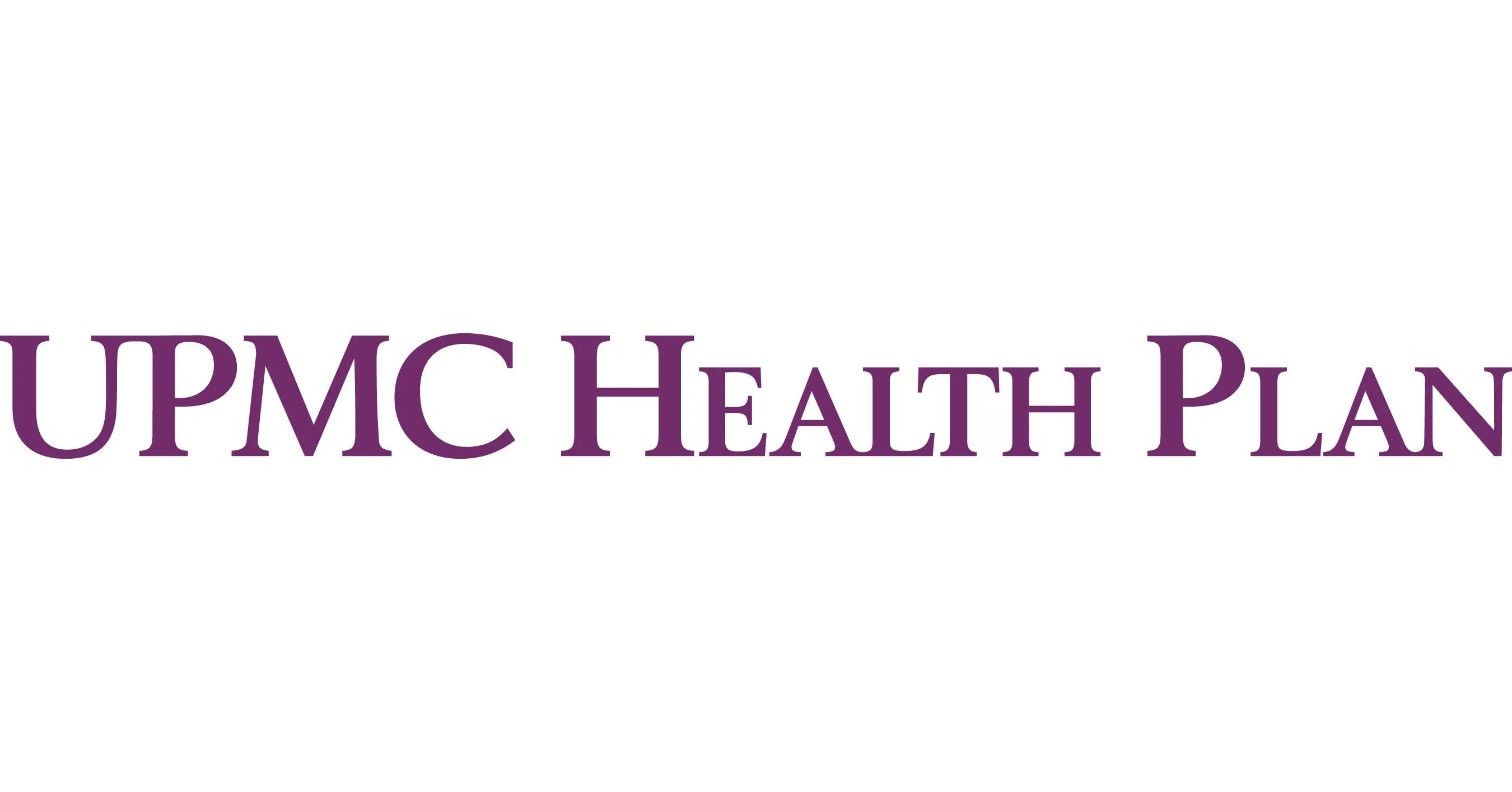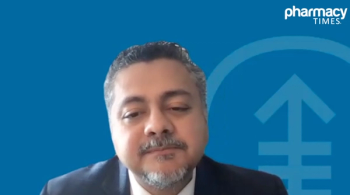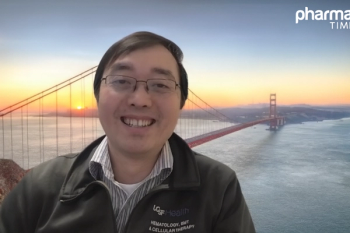
Optimizing COPD Management Through Team-Based and Remote Care at UPMC

UPMC Health Plan enhances COPD care through a multidisciplinary approach, leveraging telehealth, education, and pharmacist-led programs to optimize patient outcomes.
In an interview with Pharmacy Times®, Nathaniel Weathington, MD, PhD, pulmonary and critical care medicine specialist at UPMC, and David Marr, PharmD, senior clinical pharmacy specialist at UPMC Health Plan, discussed how UPMC Health Plan’s multidisciplinary model leverages dedicated provider teams, a spoke-and-hub referral system, and advanced interventions like clinical trials to deliver coordinated, patient-/member-centered care for chronic obstructive pulmonary disease (COPD). Weathington and Marr highlighted UPMC Health Plan’s pharmacist-led program that identifies gaps in care and helps to improve adherence and optimize treatment regimens using claims and EMR data. Both speakers emphasized how telehealth and frequent virtual touchpoints may help prevent hospitalizations, address barriers, and improve care access. Finally, Marr described UPMC Health Plan’s educational and lifestyle support programs, which empower patients and members to proactively manage their disease, which can improve their quality of life.
Pharmacy Times: How does the multidisciplinary model for advanced COPD treatment ensure that patients receive not only cutting-edge medical interventions but also coordinated and patient-centered care?
Nathaniel Weathington, MD, PhD: Having a core of dedicated providers is really something that makes the difference in whether or not these patients thrive. Being able, as a physician, to count on the respiratory therapy teams, the nursing teams, and the pharma teams to get the patients the medicine and care they need is really necessary. But then there are also the layers within our medical practice, where there are primary care specialists, specialists, and then super specialists. Evaluating patients based on the severity and type of their disease to determine whether they need just normal medicine that we’re comfortable prescribing day to day or if they need something a little more advanced requires discretion on the part of the clinic and oversight of the health plan. We’re able to use a spoke-and-hub model where our community-based practice, in my case, can assess someone and decide that this person may benefit from something like an endobronchial valve. We can refer them to the Center of Excellence in Oakland at the UPMC University Hospital for evaluation in that program and often interventions. We also have clinical trials running through Oakland for advanced medical therapies. The ECRC, the Emphysema Center for Research Core, is a very valuable resource, and we refer people there regularly.
David Marr, PharmD: To add on, from a care management perspective here at the health plan, the program I specifically designed is based around two main components. The first is based on utilization—specifically, acute care utilization. We cross-reference our patient population that had an urgent care, emergency department, or inpatient utilization event centered around COPD management, and we trigger a pharmacist check-in call. Whether it’s an educational service from that standpoint or us objectively assessing the current regimen to see where we can improve or optimize, that leads me to the second component—suboptimal management. That can encompass anything from a patient being nonadherent to the regimen. Maybe they’re prescribed the appropriate regimen, but we can see through claims data that they’re not filling it. That triggers a pharmacist check-in call: what can we do? Is it a patient education barrier? Do they need to understand how to take this medication? Is it the device itself—did they not know how to use it? Or is it a copay or social concern, or even an adverse effect? There are many reasons why we might see gaps in fills related to their maintenance or control regimen. We’re always looking to optimize that regimen. For example, based on our integrated delivery system and their EMR, if we see frequent utilization related to exacerbation events and they’re on a singular bronchodilator regimen, maybe we can up-titrate or optimize that treatment. Or, if blood work shows a high eosinophil count, we can recommend adding an inhaled corticosteroid. Our staff consistently does this at an individual level to ensure we’re providing evidence-based medicine and being an asset to the provider team.
Pharmacy Times: What specific benefits has UPMC observed from utilizing technology for remote health monitoring in COPD patients, particularly in preventing hospitalizations and improving outcomes?
Weathington: From my perspective, access is the biggest key. Having a safety net for patients when they know they’re sick or getting worse—and getting them seen promptly—is crucial. We’re lucky in our practice to have some bandwidth at the level of our PAs, who have scheduled time every day for sick calls to take care of those fires. That’s not necessarily true in every practice, but UPMC is working hard to put resources in front of most practices so we can do that. Being able to handle something with a phone call or a telehealth video visit really does decrease the number of ER visits and hospitalizations we see.
Marr: Ultimately, I agree completely. As a general rule of thumb—the more touch points, the better. The more touchpoints you can get with a patient, the better. From my perspective, our outreach is mainly via telephonic or video visits, which eliminates the barrier some patients have getting to a clinic. If we can detect issues earlier, it can probably prevent a future exacerbation event, helping to avoid an emergency department visit. We prioritize patients based on past utilization events and calculate how to prioritize them within our clinical program. The fact that our communication is mainly virtual really helps coordinate with the patients. Even within telephonic communication, we can pick up on barriers—for example, asking about their upcoming office visit and whether they foresee any issues getting there. Maybe it’s a transportation concern, or their disease burden, or their oxygen tank. In that case, we can set them up with a portable oxygen tank to make sure they don’t miss the visit. So, we’re in the background addressing patients on a regular basis—more frequent touchpoints are preferred—and also optimizing their ability to follow up with the specialist.
Pharmacy Times: Beyond medical treatments, how do UPMC’s support and educational initiatives, including health coaching and peer groups, contribute to improving patients’ quality of life and self-management?
Marr: Within the health plan side of things, we have specific health and lifestyle coaching programs designed to help patients develop self-management skills, reinforce medication adherence, and, as Dr. Weathington said, recognize early signs of an exacerbation. It’s really about getting patient buy-in. If we educate them on the “why” behind certain things—especially from a medication perspective—and even give them a high-level understanding of a medication’s mechanism, they’re more likely to take it. We take the time to educate them on what the medication is specifically doing to optimize their quality of life and prevent future need of care. We also have programs that directly impact COPD outcomes, such as exercise programs, nutrition, stress reduction, and smoking cessation. Our ultimate goal is to empower patients to understand their disease and manage their condition proactively, with improved engagement.
Newsletter
Stay informed on drug updates, treatment guidelines, and pharmacy practice trends—subscribe to Pharmacy Times for weekly clinical insights.




















































































































































































































